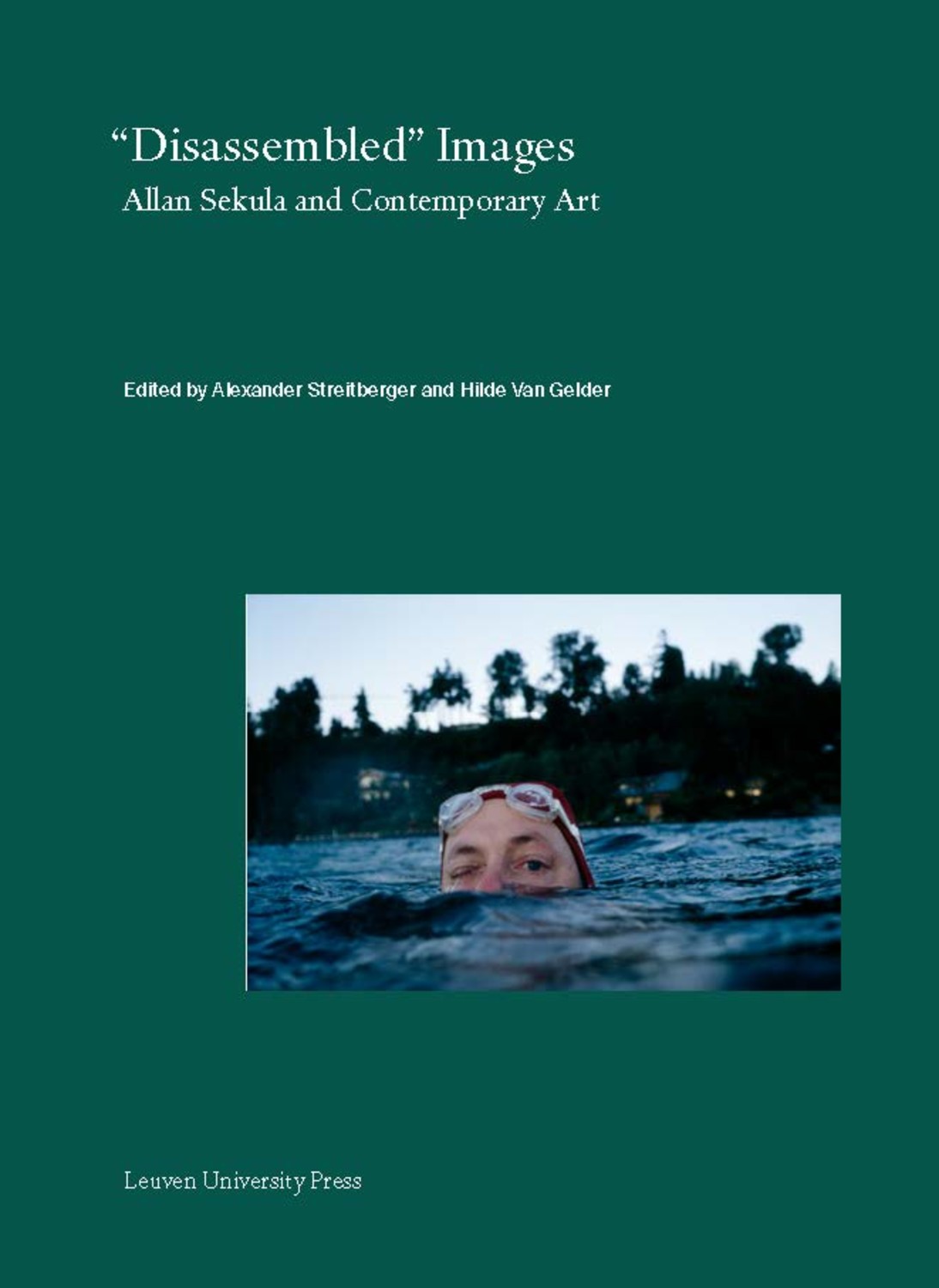
"Disassembled" Images
Allan Sekula and Contemporary Art
Edited by Alexander Streitberger and Hilde Van Gelder
Regular price
€49.50
(including 6% VAT)
Sale
Edited volume - paperback
The canonical legacy of Allan Sekula in contemporary visual art
“Disassembled” Images takes as a point of departure Allan Sekula’s productive approach of disassembling elements in order to reassemble them in alternative constellations. Some of the most pressing issues of our time, such as human labor in a globalized economy or the claim for radical democracy, are recurrent themes in Sekula’s oeuvre and are investigated by a wide range of experts in this book. Addressing a variety of artworks, both by Sekula and other artists, the collected essays focus on three crucial aspects within recent politically engaged art: collecting as a tool for representing folly and madness, the confrontation of the maritime space of ecological disasters and geopolitical processes with alternative models of solidarity, and what Sekula named “critical realism” as a reflective method in search of new social agencies and creative freedom. A text–image portfolio by Marco Poloni completes this profound reflection on Sekula’s influential legacy within contemporary visual art.
This publication is GPRC-labeled (Guaranteed Peer-Reviewed Content).
Contributors
Anthony Abiragi (University of Colorado), Barbara
Baert (KU Leuven), Edwin Carels (School of Arts KASK/HoGent/M HKA), Ronnie
Close (American University in Cairo), Bart De Baere (M HKA), Stefanie Diekmann
(Hildesheim University), Carles Guerra (Fundació Antoni Tàpies), Clara Masnatta
(ICI Berlin), W. J. T. Mitchell (University of Chicago), Marco Poloni (Berlin),
Anja Isabel Schneider (KU Leuven/ M HKA), Stephanie Schwartz (University
College London), Jonathan Stafford (Nottingham Trent University), Alexander
Streitberger (UC Louvain), Hilde Van Gelder (KU Leuven), Benjamin Young
(Parsons School of Design)
Assistant
editor
Federica Mantoan
Alexander Streitberger and Hilde Van Gelder, Introduction
Part 1. Collecting Folly
Part 2. Maritime Failures and Imaginaries
Part 3. Critical Realism in Dialogue
About the Authors
Plates
Format: Edited volume - paperback
Size: 230 × 170 × 20 mm
308 pages
3 full colour sections (3 x 16 pp.)
ISBN: 9789462701717
Publication: June 20, 2019
Series: Lieven Gevaert Series 27
Languages: English
Stock item number: 129235
Hilde Van Gelder is professor of contemporary art history at KU Leuven. She is director of the Lieven Gevaert Research Centre for Photography, Art and Visual Culture.
"L’ambition n’est ici pas des moindres : recontextualiser et analyser ce projet inachevé, en le mettant en regard de l’art contemporain. [...] la structure en trois parties de l’ouvrage permet de se concentrer sur trois problématiques centrales dans cette création ultime, mais aussi dans l’œuvre de Sekula de manière plus générale."
Fanny Drugeon, Critique d’art [En ligne], le 26 novembre 2020 URL : http://journals.openedition.org/critiquedart/54602
